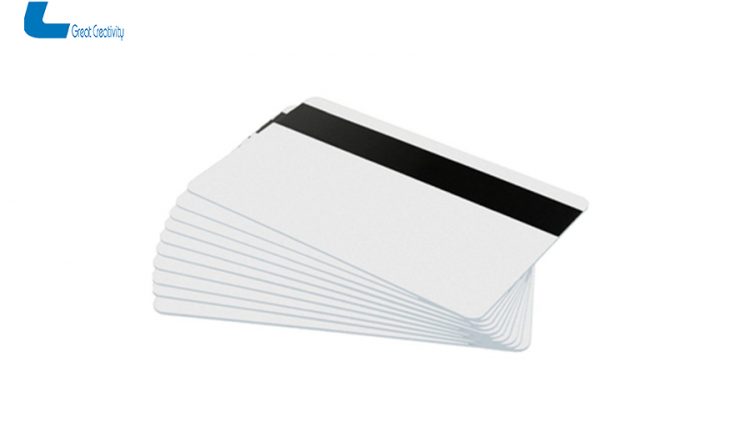What Are Magnetic Strips ? & How Does It Work ?
Understanding Magnetic Strips and Their Applications
Introduction: Magnetic stripe technology is a means of authentication and information storage that is widely used in our daily lives. These small and thin magnetic strips are integrated into credit cards, ID cards and other various cards, providing us with convenient and secure electronic transactions.
Basic principles of magnetic stripe
Magnetic stripe is composed of small magnetic particles, which form a specific encoding pattern under the action of a magnetic field. This encoding pattern represents the information stored on the magnetic strip, such as account numbers, names and other personally identifiable information.
The structure of the magnetic strip
The magnetic strip is usually placed on the back of the card in a spiral or longitudinal layout. This layout helps increase the storage density of information and allows readers to quickly and accurately obtain the data stored on the magnetic stripe.
Application of magnetic stripe in credit cards
Credit cards are the most widely used field of magnetic stripe technology. Key account-related information is stored on the magnetic strip, allowing users to easily complete payments when shopping. However, because magnetic stripe information is relatively easy to steal, more and more credit card companies have turned to more secure chip technology in recent years.
Application of magnetic strips in ID cards
Magnetic strips are also commonly found on ID cards and are used to store personal information and other necessary identity verification data. This design makes identity verification more convenient, especially in scenarios where ID cards are frequently required, such as airports and hotel check-ins.
Security Issues and Challenges
Although magnetic stripes have been an important technology over the past few decades, they are not perfect. Magnetic stripe information is relatively easy to steal and copy, which leads to some security challenges. As a result, more and more industries are looking to more secure authentication methods, such as chip card technology.
Future development trends
With the development of technology, new payment and identity verification methods continue to emerge, replacing traditional magnetic stripe technology. It is expected that in the future, magnetic stripes will gradually be replaced by more advanced and safer technologies.
Conclusion
Although magnetic stripe card technology has played an important role in the past few decades, as security needs continue to increase, we are ushering in a new era of authentication and information storage. While the use of magnetic strips may be declining, our needs for security, convenience and innovation will continue to drive technology.


 Shelley
Shelley Nielsen
Nielsen